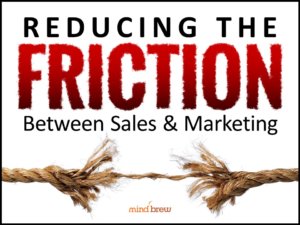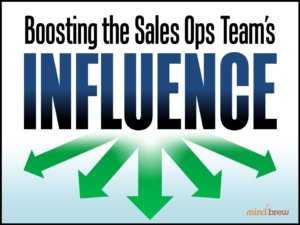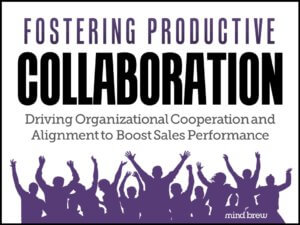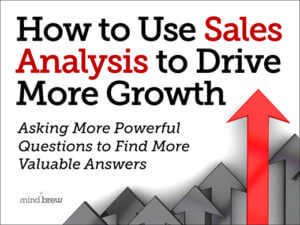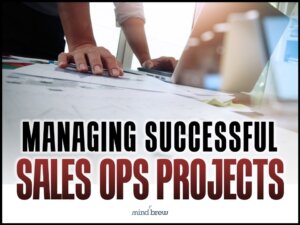Regular readers will know that I have a pet peeve about companies, managers, and overly-empowered HR functions that try to stamp out any and all internal conflict on the road to some sort of “commercial Xanadu” of organizational harmony and consensus. And given the vitriol of my recent rants on the topic, characterizing it as a pet peeve may actually be soft-pedaling things a bit.
That said, some subscribers have asked privately why this irks me so much? What’s the big deal? Sure, it might be idealistic. But what’s the harm in pursuing harmony and trying to eliminate internal conflict and discord?
To my mind, the fact that it’s very hard for people to see the massive risks and downsides of “harmony” is what makes this trend so insidious.
Stepping outside of business for a minute, consider how the pursuit of harmony and consensus has affected the college admissions process. In the past, a group of admissions officers would score student candidates independently. Then, they would come back together and hash out the differences in their scores.
Somewhere along the way, however, the conflicting scores and disagreements among admissions officers were deemed to be a bad thing.
So, many colleges and universities moved to linear scoring, where one admissions officer scores a candidate and then passes that application…and their score…on to the next admissions officer, who would then add their score to the list and pass it on to the next officer in the linear sequence.
Now, it doesn’t take an expert in human behavior to know how this type of process plays out. Of course, the first visible score given to an applicant can’t help but bias all of the subsequent scores. And due to this biasing, all of the scores will appear to be quite similar. So what may look like a half-dozen independent judgements is really just a single judgement that is biasing the rest.
But the real kicker is that when informed of the biasing errors inherent to this type of process, most colleges didn’t care. To them, the facade of consensus and the reduction of internal conflict were more important than the accuracy, objectivity, and fairness of their admissions process.
In an academic setting, the consequences of these types of errors and inaccuracies in the pursuit of harmony and consensus are virtually non-existent. No college administrator will be fired for implementing such a terribly inaccurate system. Oblivious alumni will continue to write checks. And the students who are being negatively affected by these biased processes will likely never know.
But in commercial settings, errors, inaccuracies, and poor decisions have very real and very weighty consequences. End-users are put out or harmed. Customer relationships are damaged. Investors lose money. Companies go out of business. And employees get laid off and lose their livelihoods.
The gravity of the unintended consequences is why I stand on my chair and rail against the pursuit of organizational harmony and consensus as a primary aim or aspiration. Businesses absolutely need a productive level of internal conflict and discord to help surface problems, refine solutions, and improve decisions.
I think of productive conflict as an insurance policy against groupthink!
PS—Most businesspeople will acknowledge that “groupthink” is a highly dysfunctional organizational dynamic that should be avoided. But amazingly, under the guise of maximizing harmony and consensus, groupthink is exactly what far too many companies, managers, and HR departments are promoting and pursuing these days!

